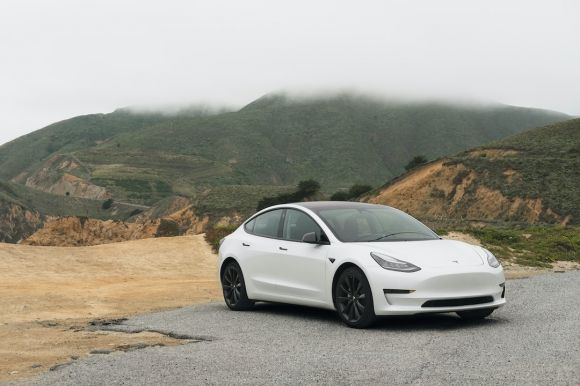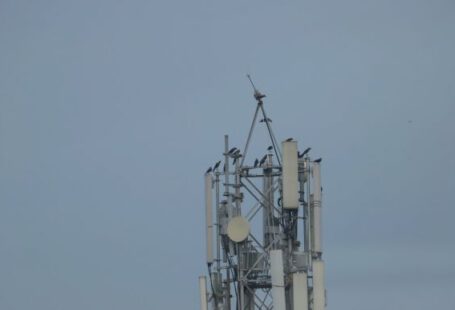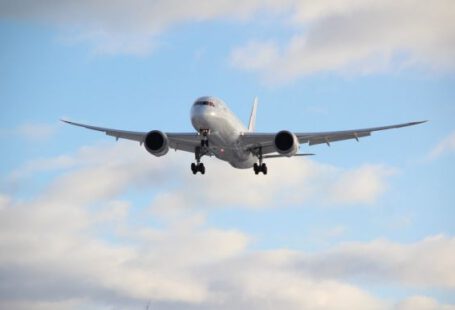In recent years, Tesla has made significant strides in the development of autonomous driving technology. This groundbreaking innovation has captured the attention of both the automotive industry and the general public. However, as self-driving cars become more prevalent on our roads, concerns about safety have come to the forefront. Tesla’s autonomous driving technology has faced scrutiny after a series of accidents, raising questions about the effectiveness and reliability of the system.
The Rise of Autonomous Driving
Autonomous driving technology has promised to revolutionize the way we travel. With the potential to reduce accidents, improve traffic flow, and enhance the overall efficiency of transportation, it’s no wonder that companies like Tesla have invested heavily in this area. Tesla’s Autopilot system, in particular, has garnered attention for its advanced features, such as auto-steering and lane changing capabilities.
Accidents and Controversies
Despite its potential benefits, Tesla’s autonomous driving technology has not been without its fair share of accidents and controversies. In recent years, there have been several high-profile incidents involving Tesla vehicles on Autopilot mode. These accidents have raised concerns about the reliability of the system and its ability to handle various road conditions.
One of the most notable accidents occurred in 2016 when a Tesla Model S operating on Autopilot collided with a tractor-trailer, resulting in the death of the driver. The National Transportation Safety Board (NTSB) conducted an investigation into the incident and found that the driver’s overreliance on the Autopilot system, coupled with the system’s limitations, played a significant role in the accident.
Tesla’s Response
In response to these accidents, Tesla has defended its autonomous driving technology, stating that it is not designed to be fully autonomous and that drivers should always remain attentive and ready to take control of the vehicle. Tesla has also implemented safety features, such as automatic emergency braking and collision avoidance systems, to mitigate the risk of accidents.
Regulatory Scrutiny
The accidents involving Tesla vehicles on Autopilot mode have prompted regulatory scrutiny of the company’s autonomous driving technology. In 2018, the National Highway Traffic Safety Administration (NHTSA) launched an investigation into a fatal accident involving a Tesla Model X operating on Autopilot. The investigation aimed to determine whether the Autopilot system was at fault and whether any regulatory action was necessary.
Critics argue that Tesla’s Autopilot system is not as advanced as the company claims, and that it may be giving drivers a false sense of security. They argue that Tesla’s marketing of the system as “Full Self-Driving” could be misleading and may contribute to accidents caused by driver inattention.
The Future of Autonomous Driving
The accidents involving Tesla vehicles on Autopilot mode illustrate the challenges and risks associated with autonomous driving technology. While this technology has the potential to transform the way we travel, it is crucial to address the safety concerns and ensure that the systems in place are reliable and capable of handling various road conditions.
Conclusion
As Tesla’s autonomous driving technology faces scrutiny after a series of accidents, it is clear that there are still significant challenges to overcome. While autonomous driving has the potential to enhance safety and efficiency on our roads, it is crucial to strike a balance between innovation and ensuring the safety of both drivers and pedestrians. Regulatory bodies, automakers, and technology developers must work together to address the concerns surrounding autonomous driving and pave the way for a safer and more efficient future.





